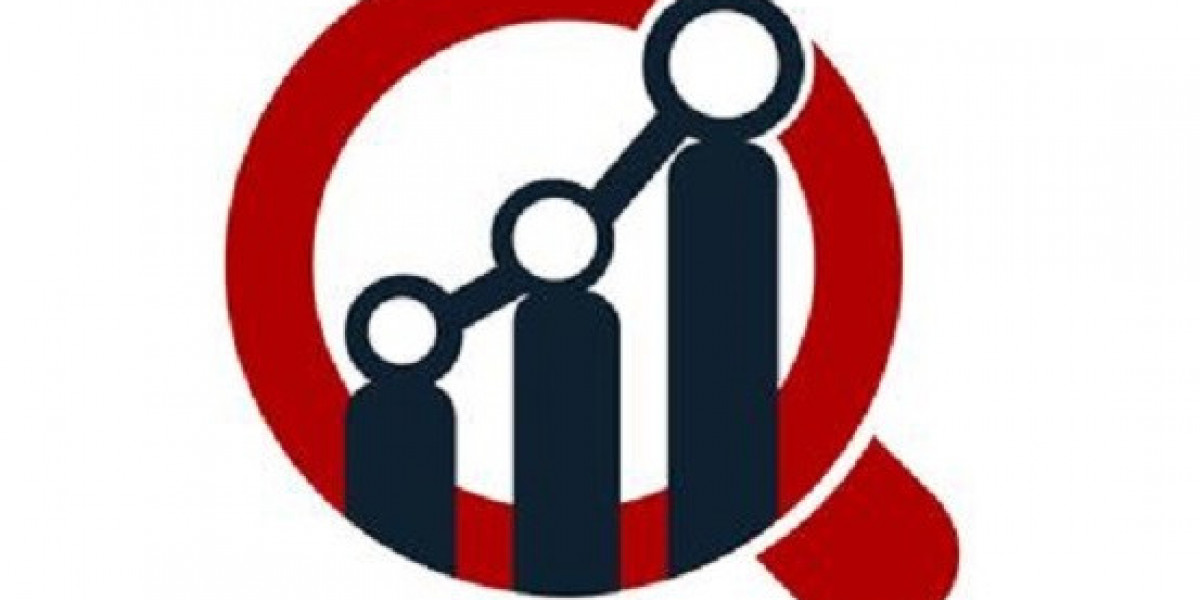Healthcare Asset Management: Driving Efficiency and Safety in Modern Care Delivery
May 2025 – HealthTech Outlook — In today’s dynamic healthcare environment, where operational efficiency and patient safety are paramount, Healthcare Asset Management (HAM) has emerged as a cornerstone of hospital operations. From tracking high-value equipment to ensuring the availability of critical devices, advanced asset management solutions are redefining how care facilities manage their resources.
What Is Healthcare Asset Management?
Healthcare Asset Management refers to the tracking, monitoring, and maintenance of physical assets—including medical devices, hospital beds, infusion pumps, and diagnostic tools—using digital technologies. The goal is to optimize equipment utilization, reduce loss, ensure compliance, and improve patient outcomes.
Modern systems often integrate:
RFID (Radio-Frequency Identification)
IoT (Internet of Things) sensors
GPS or RTLS (Real-Time Location Systems)
Cloud-based dashboards for analytics and reporting
Why It Matters More Than Ever
Hospitals operate in high-pressure settings where time and equipment availability can directly impact patient outcomes. Inefficient asset tracking leads to:
Equipment underutilization or over-purchasing
Staff time wasted locating devices
Missed maintenance schedules and safety issues
Increased operational costs and regulatory non-compliance
With rising healthcare costs and increased focus on patient satisfaction, HAM provides both cost savings and clinical value.
Key Components of a Healthcare Asset Management System
Asset Tracking
Uses RFID tags or barcodes to track items across departments
Enables instant location detection for movable assets
Maintenance Management
Automates preventive maintenance scheduling
Ensures biomedical compliance and regulatory readiness
Inventory Control
Monitors supply levels and expiration dates
Reduces waste and enables just-in-time procurement
Utilization Analytics
Tracks equipment usage patterns
Supports informed capital expenditure planning
Security and Loss Prevention
Alerts staff if high-value devices leave designated areas
Helps recover misplaced or stolen assets
Integration with Hospital Systems
Leading HAM solutions are now being integrated with:
Electronic Health Records (EHRs)
Computerized Maintenance Management Systems (CMMS)
Facilities and logistics software
Mobile workforce platforms
This integration ensures that clinical, operational, and IT teams can work collaboratively in managing assets from a central system, increasing responsiveness and reliability.
Market Trends and Future Outlook
The global healthcare asset management market is projected to surpass $70 billion by 2030, driven by:
The growing complexity of healthcare infrastructure
Rising demand for remote patient monitoring and home care equipment tracking
Government mandates on equipment traceability and safety
Increased adoption of AI and predictive analytics for asset lifecycle management
North America leads the market, but Asia-Pacific is experiencing rapid growth due to healthcare digitization and hospital expansions.
Top players include:
GE HealthCare
Zebra Technologies
IBM Watson Health
Stanley Healthcare (Securitas)
Ascom Holding AG
Sonitor Technologies
Benefits for Patients and Providers
Effective asset management means:
Faster patient care by reducing equipment search time
Fewer delays and cancellations due to missing or broken tools
Enhanced patient safety with well-maintained devices
Improved staff satisfaction through streamlined workflows
Final Thought
As healthcare delivery becomes more technology-driven and resource-dependent, Healthcare Asset Management stands as a critical enabler of quality, safety, and efficiency. By leveraging smart tracking systems, hospitals can ensure that the right equipment is always in the right place — ready to serve both the provider and the patient.








